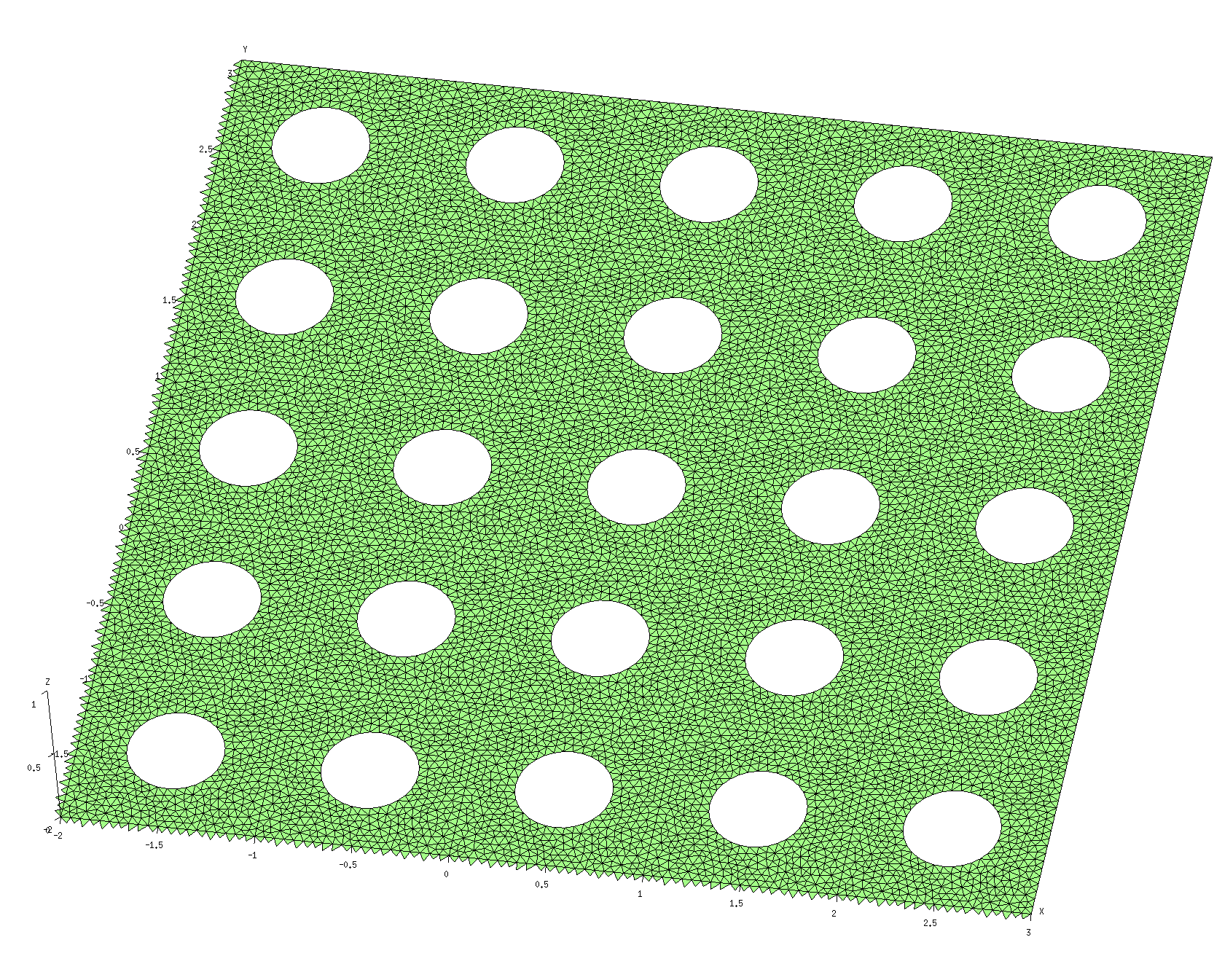
"Micro-mechanics and data-driven based reduced order models for multi-scale analyses of woven composites." Composite Structures 270 (August 15, 2021): 114058. "Micromechanics-based material networks revisited from the interaction viewpoint robust and efficient implementation for multi-phase composites." European Journal of Mechanics. "Interaction-based material network: a general framework for (porous) microstructured materials." Computer Methods in Applied Mechanics and Engineering ", "Recurrent Neural Networks (RNNs) with dimensionality reduction and break down in computational mechanics application to multi-scale localization step." Computer Methods in Applied Mechanics and Engineering, The open source data are Licensed under the Creative Commons Attribution 4.0 International (CC BY 4.0) ():

GMSH PARALLEL LICENSE
The GNU General Public License (GPL), see exceptions.
GMSH PARALLEL CODE
Request code access to Ludovic Noels (L.Noels ulg.ac.be).In order to have access to the sources (with no guarantee on the support): The cm3 laboratory provides efficient algorithms for homogenisation implemented in a parallel setting in the open source finite element code based on Gmsh. Home | Classes | Research | Open Source Code & Data | Publications | UAV & Aircraft design | Staff Computational & Multiscale Mechanics of Materials - research examples Computational & Multiscale Mechanics of Materials This # can be achieved by calling the close() method of the model # testRVE. visualizeMesh () # Close Gmsh model # For a proper closing of the Gmsh-Python-API, thAPI has to be finalized. saveMesh ( "randomInclusions2DCirlce.vtu" ) # Show resulting mesh # To check the generated mesh, the result can also be visualized using built-in # methods. If no filename is passed, meshes are stored to the current # directory using the unique model name and the default mesh file format (.msh) # testRVE. The package supports all mesh file formats that are # supported by meshio. To this end, only the file # name - possibly containing a directory and the extension of the wanted mesh # format - has to be passed. createMesh ( ** meshingParameters ) # Save resulting mesh to file # The mesh is generated and can be saved to a file. , ] # inclusionType: string (mandatory) # string defining the type of inclusions within the RVE # origin: list/array (optional) # array defining the origin of the RVE # -> origin= # periodicityFlags: list/array (optional) # array with flags (0/1) whether the current coordinate direction has to be # treated as periodic # periodicityFlags= # domainGroup: string (optional) # string defining which group the geometric objects defining the domain belong # to (to reference this group within boolean operations) # inclusionGroup: string (optional) # string defining which group the geometric objects defining the inclusions # belong to (to reference this group within boolean operations) # gmshConfigChanges: dict (optional) # dictionary for user updates of the default Gmsh configuration # initParameters = testRVE.


For # RVEs of the type under consideration, the following parameters are possible: # size: list/array (mandatory) # array defining the size of the RVE in the individual directions # -> size= # inclusionSets: list/array (mandatory) # array defining the relevant information (radius and amount) for the individual # groups of spherical inclusions to be placed # -> inclusionSets=. In this case it is the class RandomInclusionRVE from gmshModel.Model import RandomInclusionRVE as RVE # Initialization of the RVE # In order to generate a mesh for RVEs with randomly placed inclusions, relevant # data have to be passed for the initialization of a new object instance. # Loading of the RandomInclusionRVE class # Before the model and mesh generation can start, the required class has to be # loaded.


 0 kommentar(er)
0 kommentar(er)
